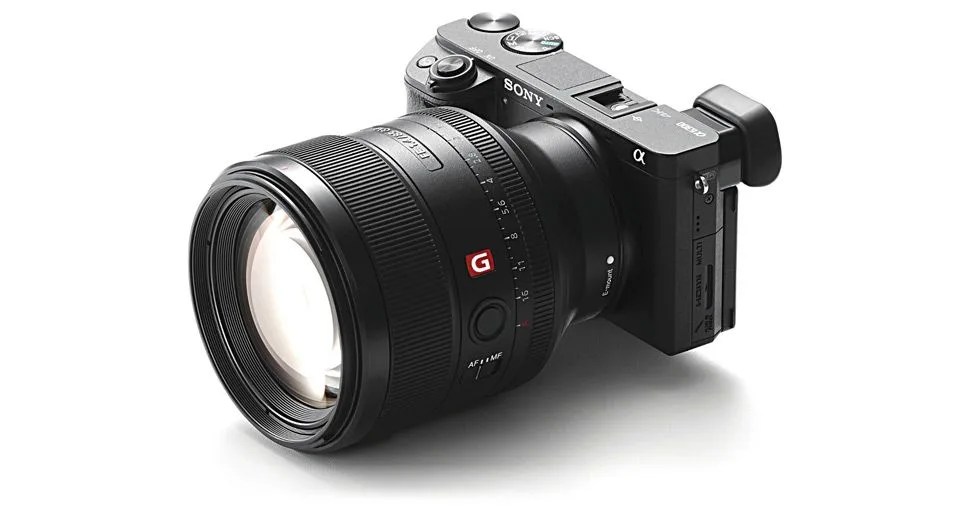Sony Imaging — maker of what are routinely hailed as the best camera sensors on the market — is aggressively stepping up its advanced-amateur body and pro-grade lens game. Its new A6300 mirrorless camera and its G Master lens series, both announced earlier this year and available now, are filling in key gaps in its lineup to ensure that competitors Nikon, Canon and Fuji stay fully on their toes.
I traveled to Miami recently to try the new products, and I came away even more convinced of the rapidly ascending brand’s place in the photo/video universe — a place where photographers tend to be brand-loyal as much for practicality’s sake as quality’s sake. (Expensive lens collections don’t cross over from one camera system to the other without clunky, feature-limiting adapters.) Though Sony’s full-frame mirrorless cameras, the A7 series in particular, are exceptionally highly regarded, the lens options haven’t been able to compete with those of other brands, and in terms of more consumer-oriented mirrorless APS-C sensor (that is, smaller than a full-frame) interchangeable-lens systems, the 24.2MP A6300 ($998) pushes the technology to the most capable model yet from any manufacturer.

So let’s start there. The A6300’s predecessor, the A6000 ($498), was the most successful mirrorless camera ever, as well as the most successful interchangeable-lens system. The new camera, which shares the same general look of the A6000, introduces a new, lightning-fast focus system with a leading 425 phase-detection autofocus points (up from 175 in the A6000) and the ability to lock on in just 0.05 seconds. Though the camera was occasionally stymied by complex scenarios (including, for instance, splashing water) it was overwhelmingly able to keep pace with the action, and usually nailed the focus even in tricky scenarios. That speed and focus capability represents merely its core capability, though. The A6300 is also the first mirrorless, interchangeable-lens Sony to provide internal 4K video recording (as opposed to recording to external storage, which many systems still do) and the first to provide live-view continuous shooting at 8 frames per second, meaning you can track your target continuously while the camera fires away. It’s an important capability for both pros and amateurs trying to capture high-speed action.
3 photos
In our sample images from the 24-70, 70-200 and 85 (in that order) demonstrated impressive sharpness, excellent rendition of out of focus areas (bokeh), and a penchant for low-light shooting. Photos: Eric Adams
The A6300’s advanced digital viewfinder and magnesium body, both upgrades from its predecessor, round out the premium touches to the little camera, which is good because its $1,000 price tag (for the body alone) might be a deterrent for all but the most dedicated shooters. Those who do invest, however, will be thrilled with the results.



